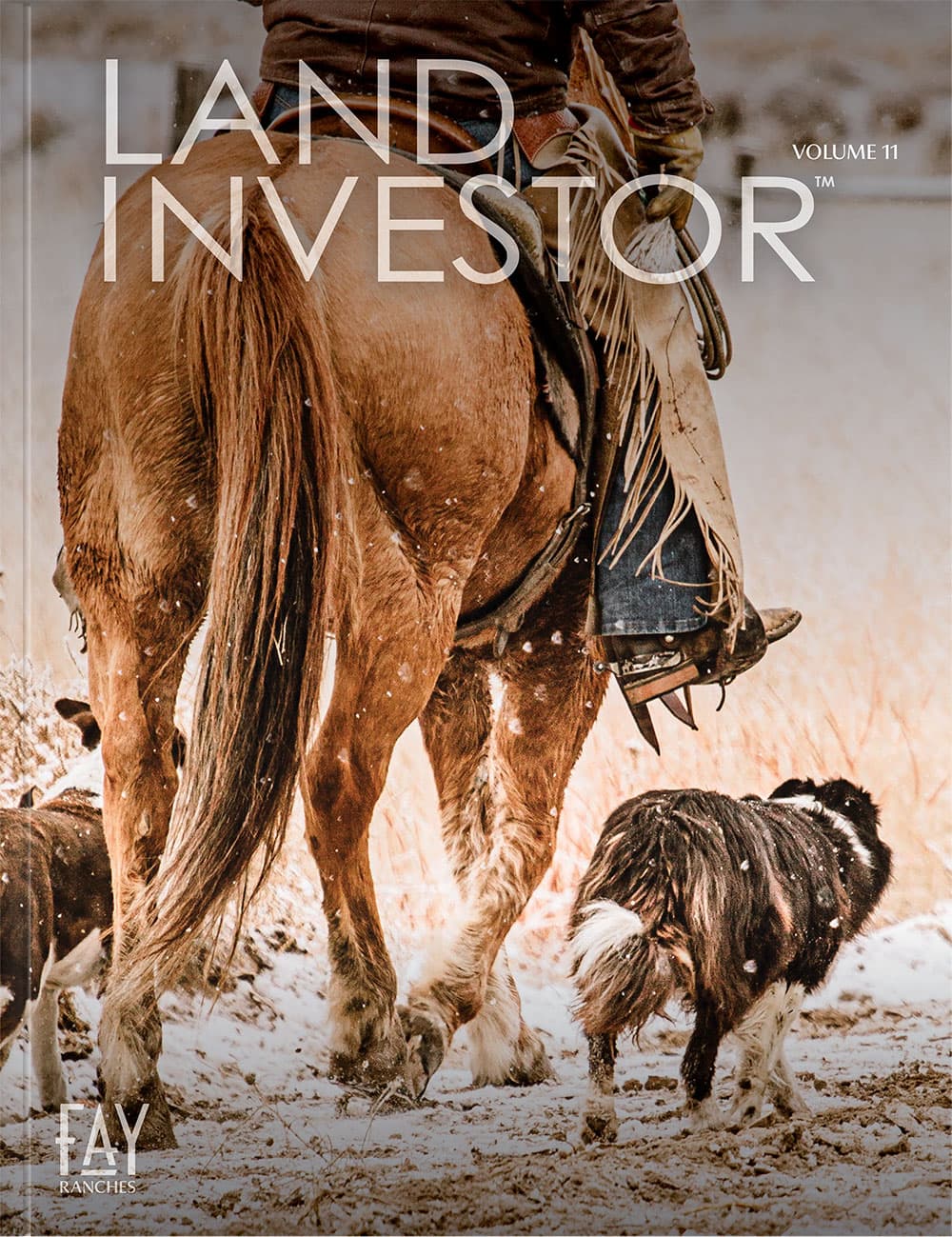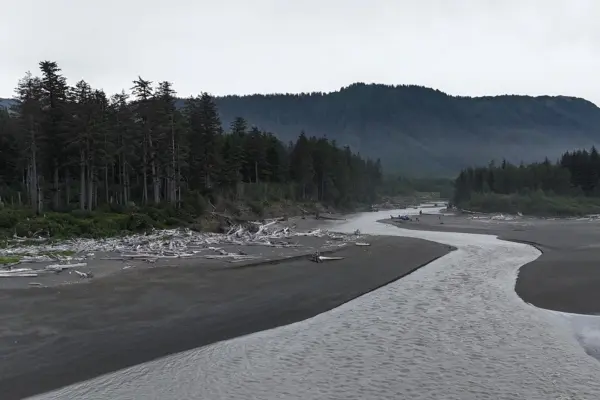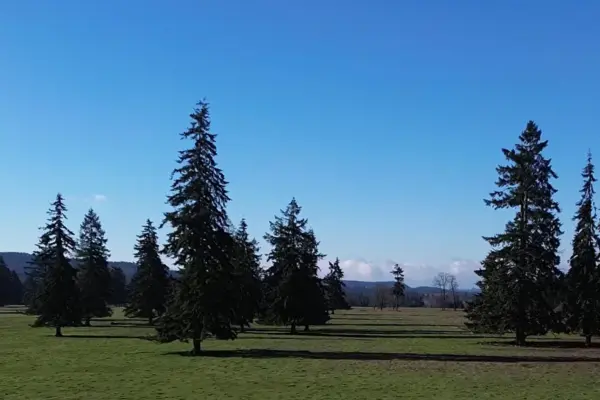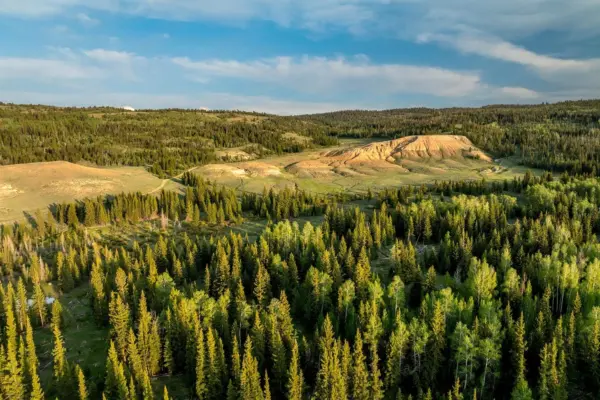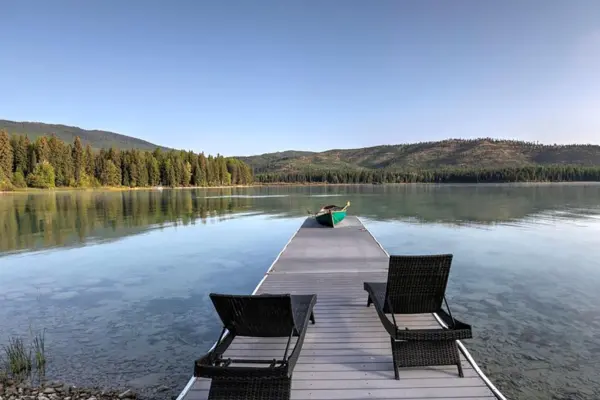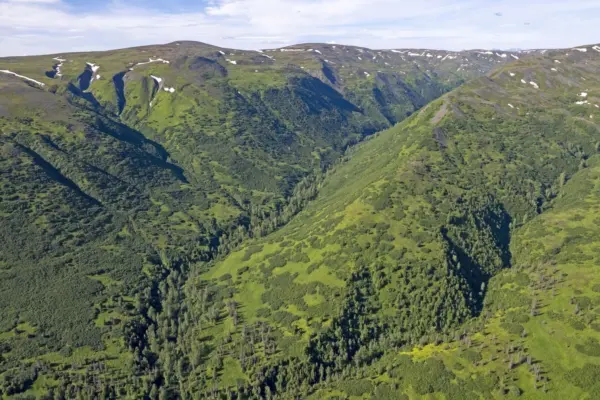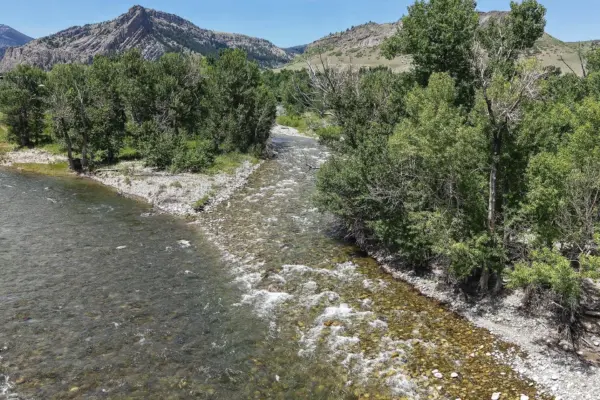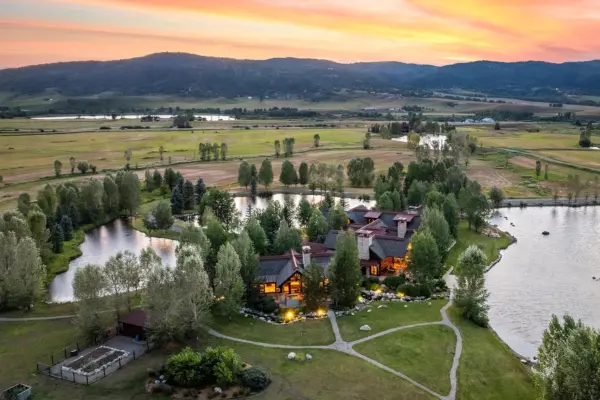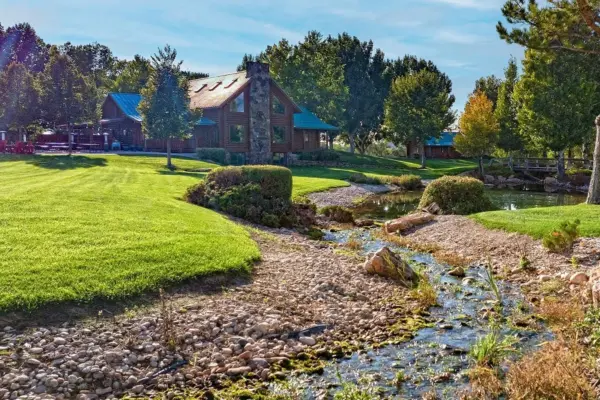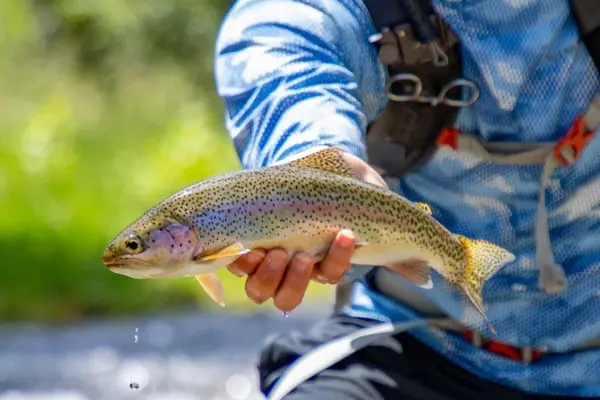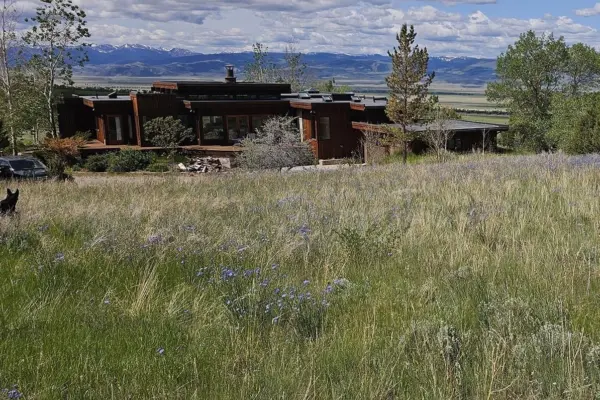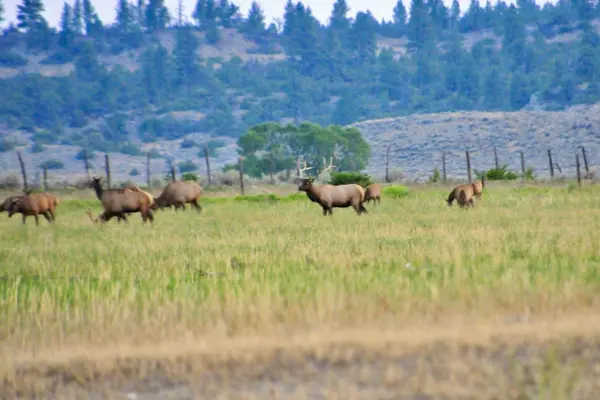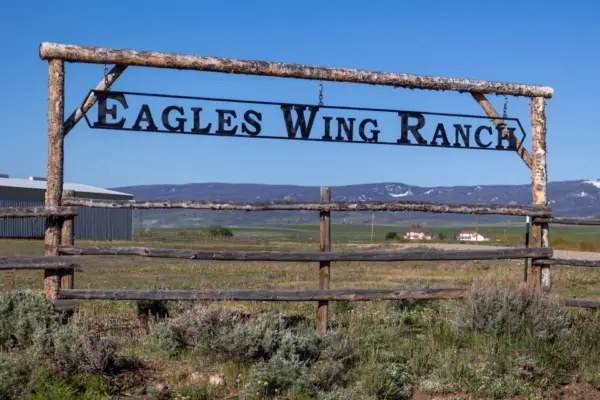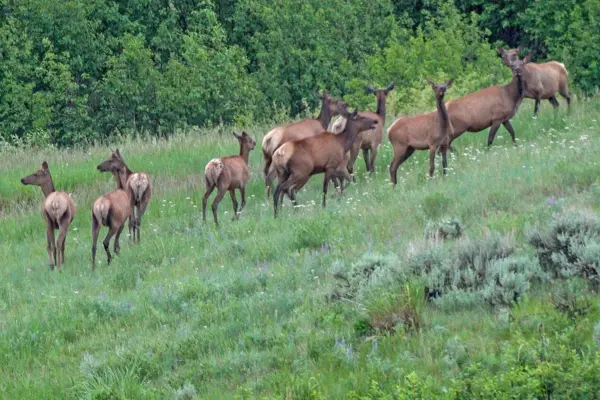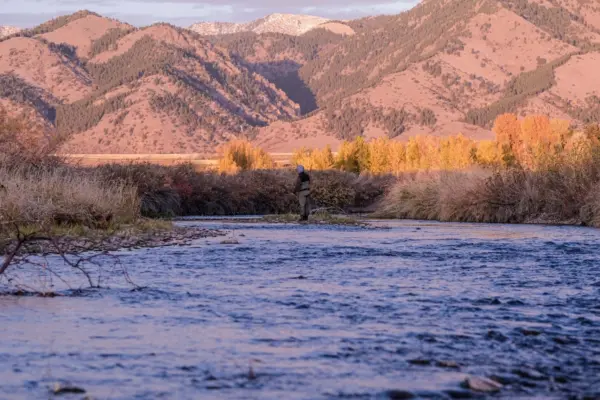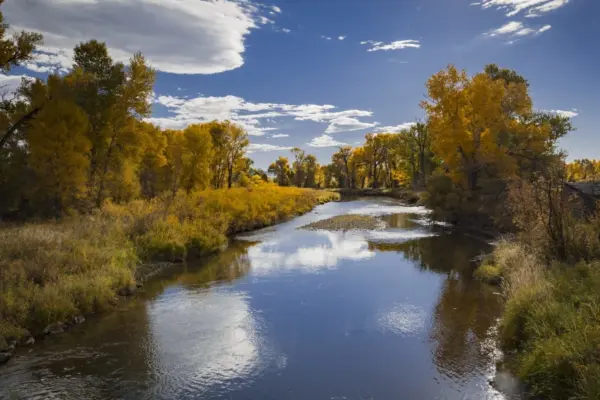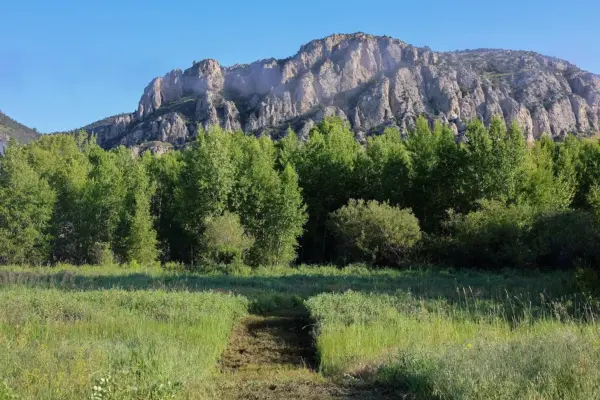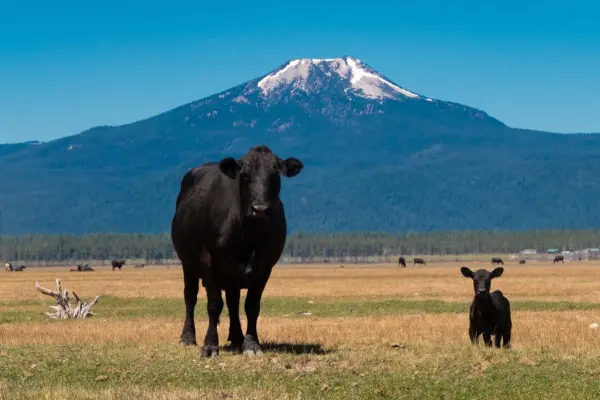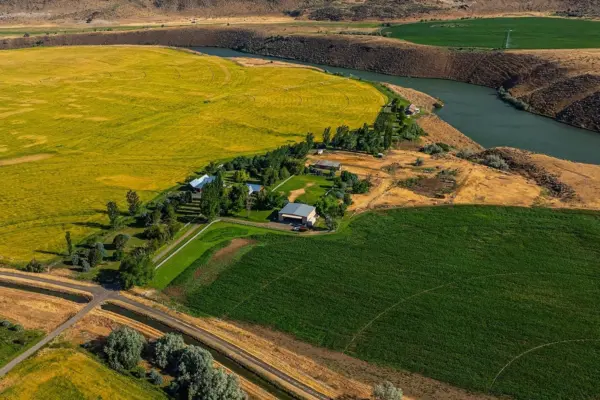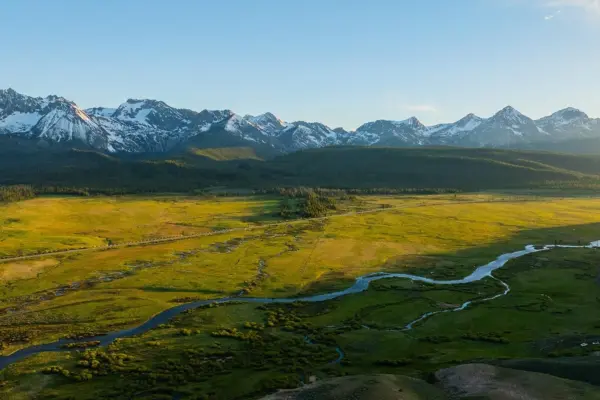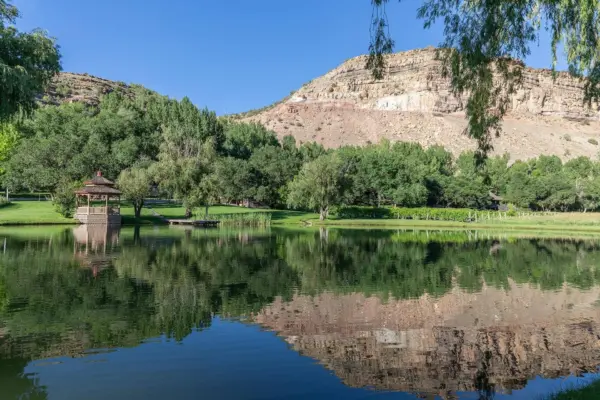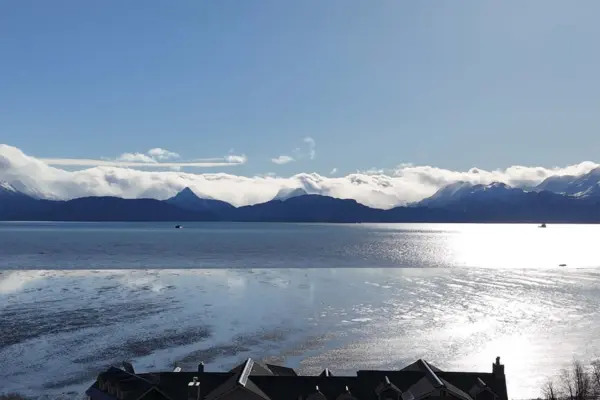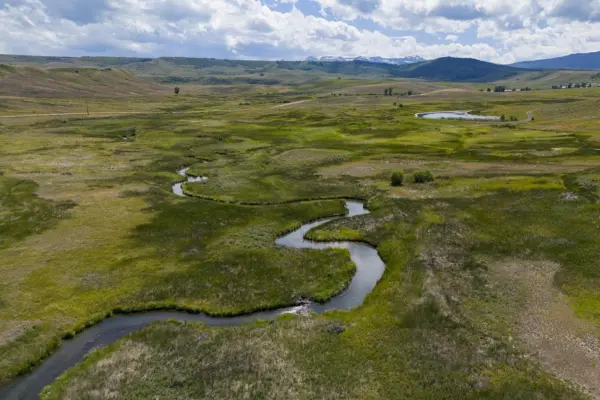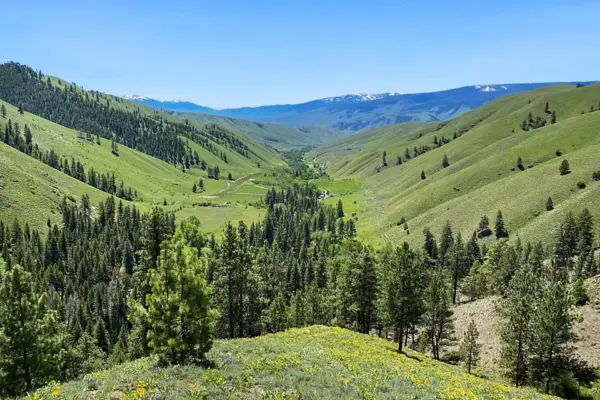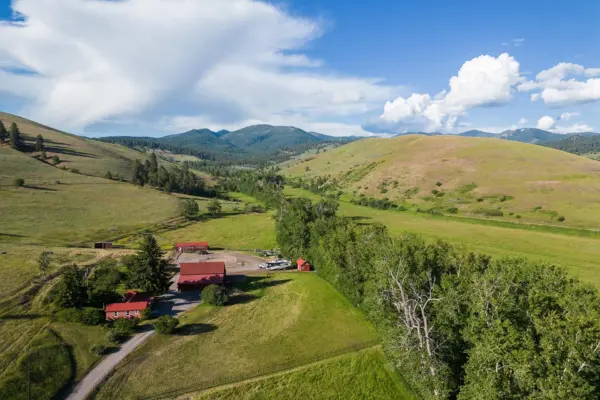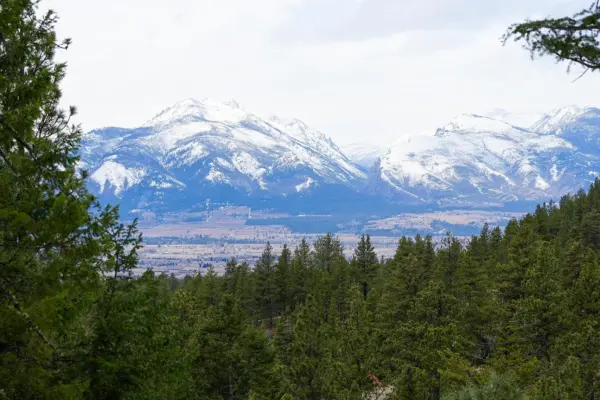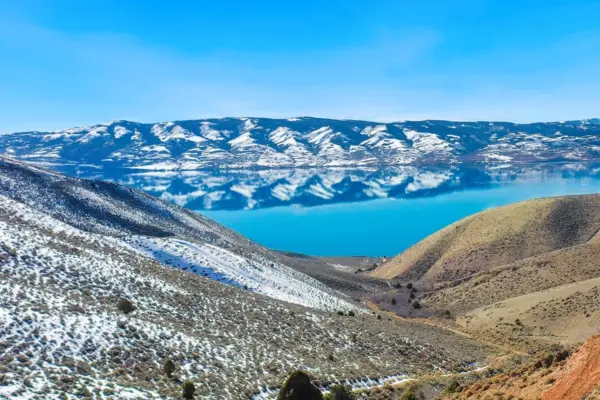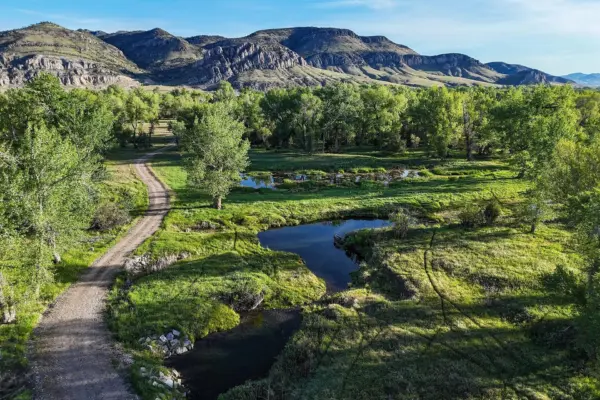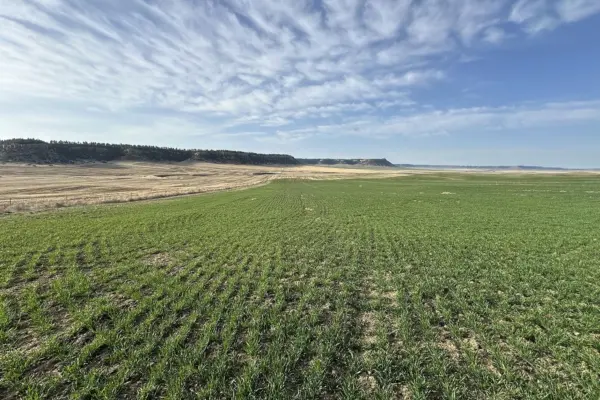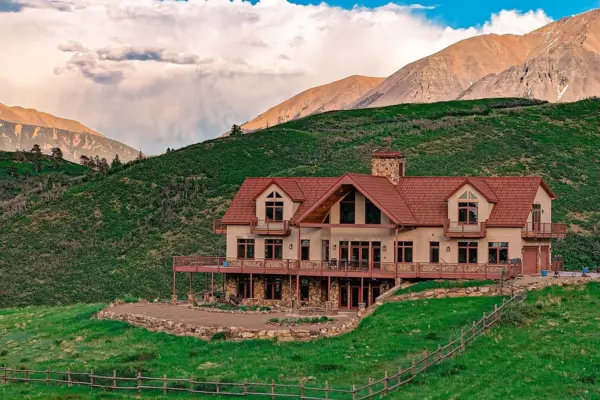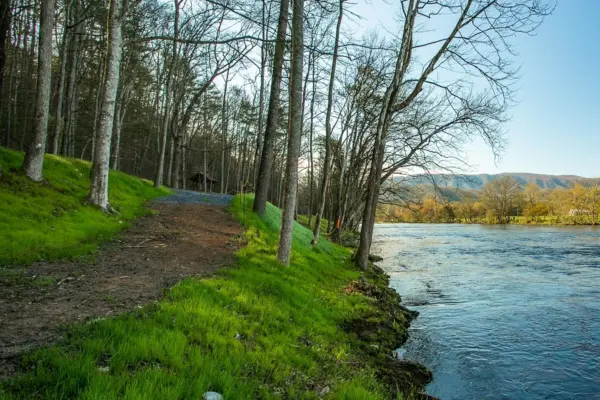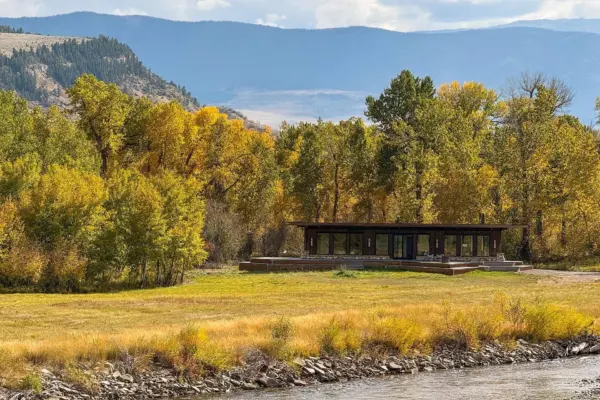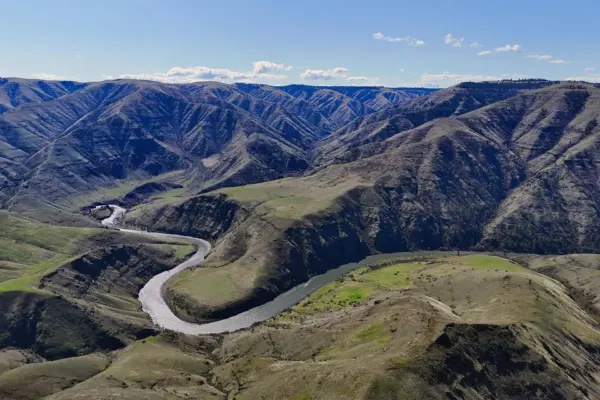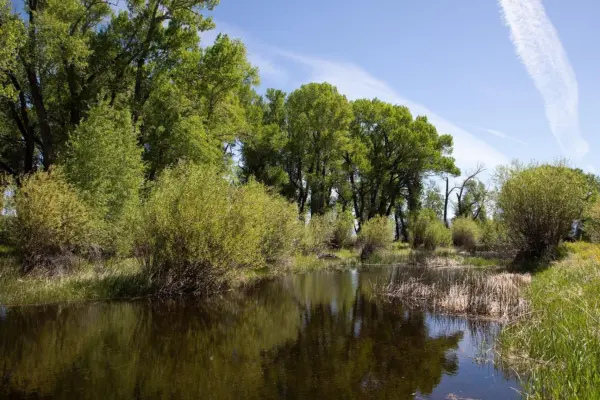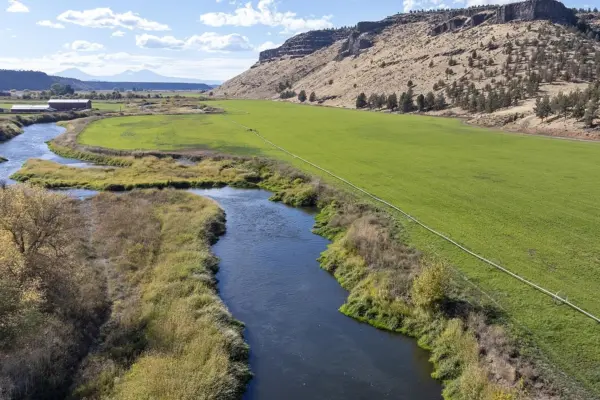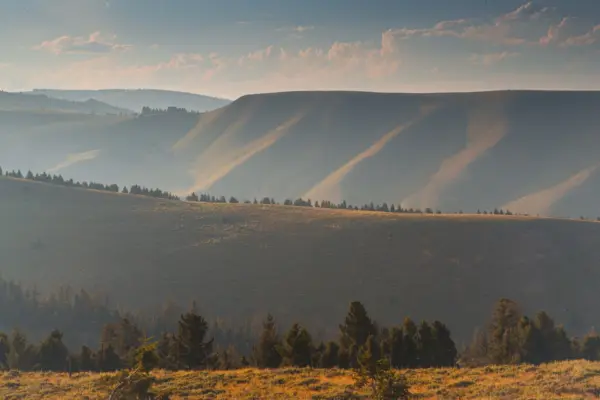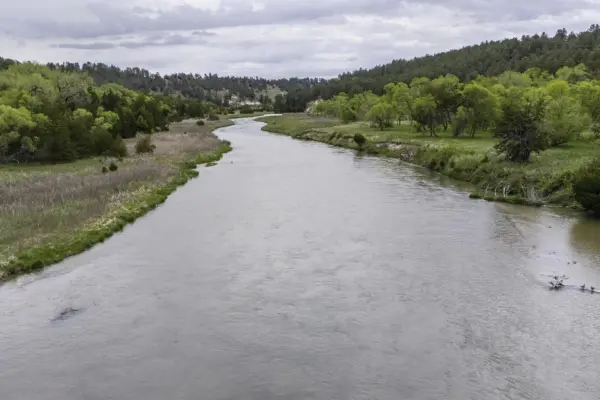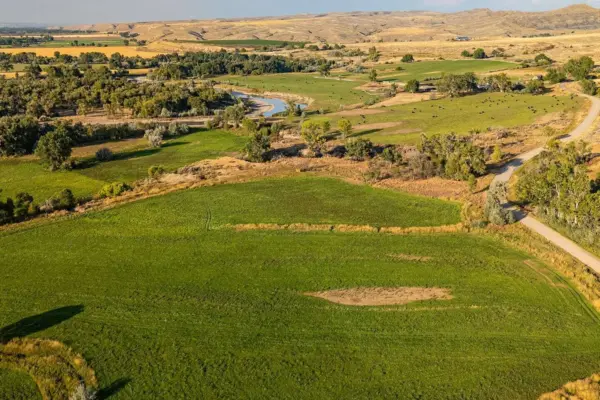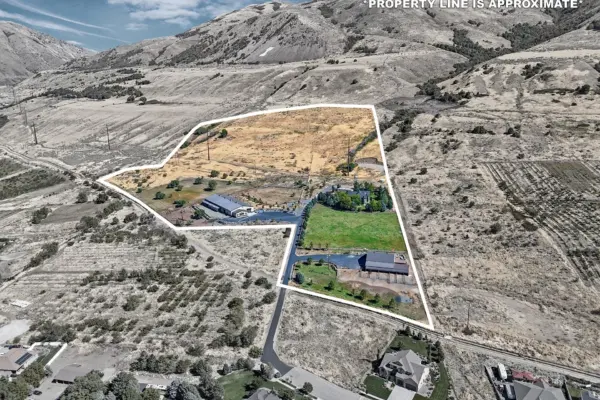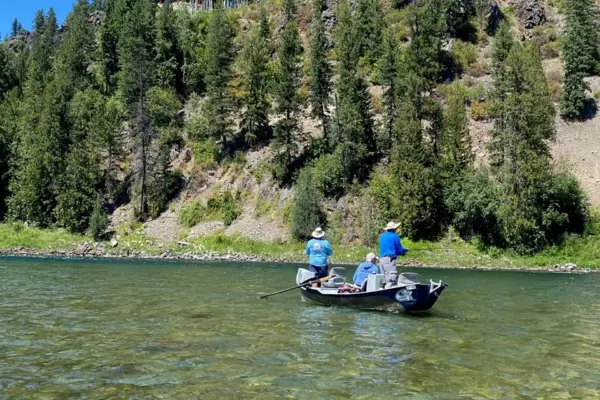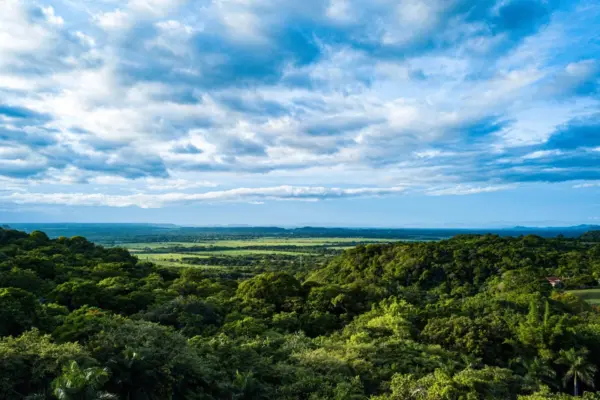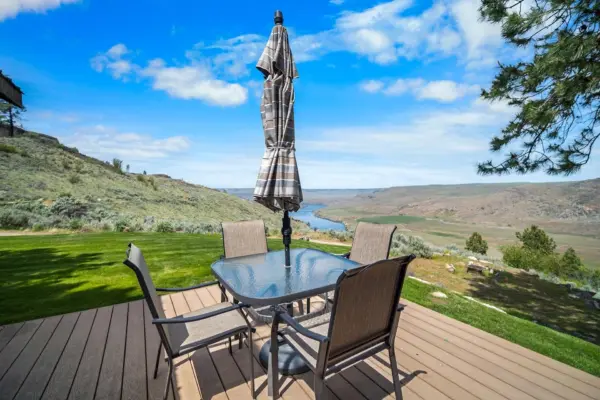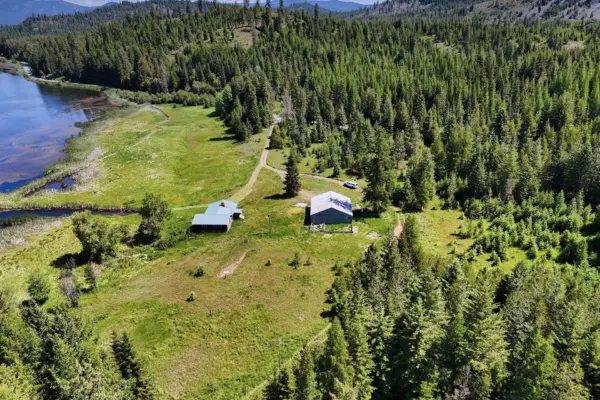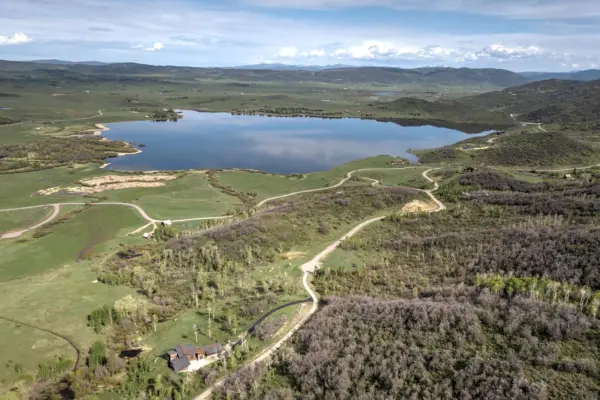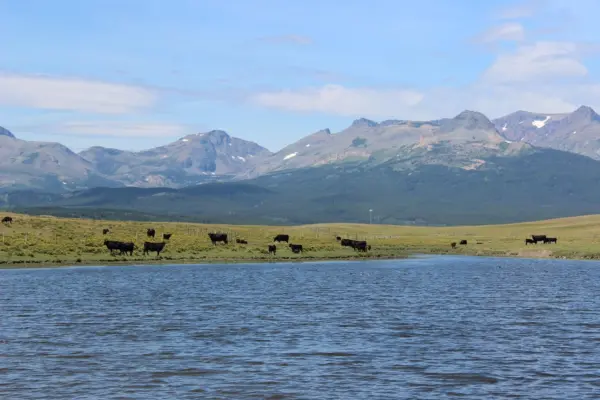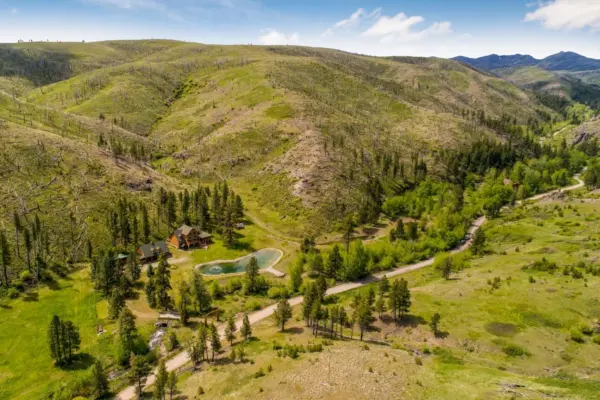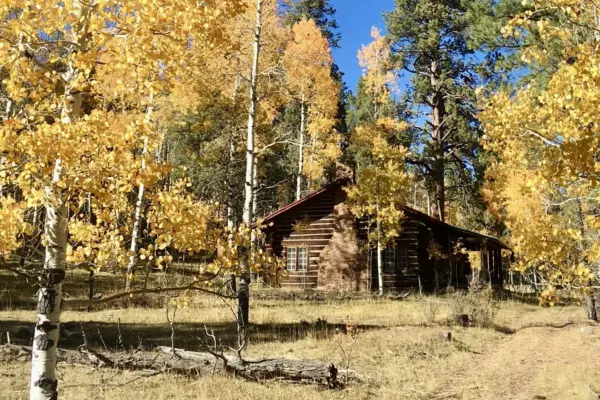Why should you make the switch?
Switching a ranching operation to regenerative grazing makes both ecological and economic sense. Ecologically, one can use their grazing operation to regenerate the land. Making it more diverse for a variety of wildlife species, including ungulates, birds, bees, and butterflies. Increasing its ability to absorb and store precipitation events, making it more resilient to climate change. Increasing productivity of above and below-ground biomass and storing more carbon than traditional methods. The literature suggests that the larger the herd the greater the ecological response. The University of Idaho Rangeland Center found that pastures that were grazed heavily had greater improvements for sage-grouse forbs, cattle nutrients, and willow regeneration than moderately grazed pastures. When managing large herds using regenerative methods, ranchers can stimulate grass production, capture re-growth, and put more pounds on their animals in a shorter period of time. Both the larger herd sizes and gains pencil out to greater economic gains that can be used to support the ranch.
How to make the switch?
Switching from a traditional ranching operation to regenerative grazing is simpler than you might think. Most ranches already have good infrastructure, including fences, stock water systems, and labor resources to manage their existing operation. Switching to regenerative grazing requires an investment in an electric fence; a simple plan that includes your goals, a map depicting your existing infrastructure (fences and water), forage types, production and grazeable acreage; stocking rate/paddock configuration analysis; and a labor analysis. Ginny Robbins, a regenerative grazing practitioner, says, “We typically try to budget 2 people per 1,200 pairs. Two college techs can easily manage 3 herds of 400 pairs plus bulls or a similar configuration. You’ll obviously need more hands on deck for bigger tasks like branding, weighing, and shipping.” Once you’ve outlined your plan and invested in the electric fence, you can start right away. Robbins likes to start by training her herds to an electric fence in a small pasture with an electric cross-fence so that it is easy to gather the strays. Once the herd is respecting the fence, turn them out in a small, electrified paddock sized for their needs for a 24-hour period and let them loose. After a day, confirm that you are getting even grazing to your target residual, then set up your next paddock based on your observations, drop the electric fence, and the herd will almost move itself to the fresh pasture. The larger the herd and the more frequently they are moved, the faster you will see results. Keep track of your herd size, paddock area, and grazing duration daily so that you can track your productivity gains over a season and adapt. Robbins likes to plan out the grazing areas for the entire season to plan for water availability, recovery periods, capture re-growth, and stockpile reserves. One key component to successful regenerative grazing is to keep mixing things up. Try not to graze the same areas at the same time each year and keep a variable grazing schedule. Making the switch takes a little bit of planning and daily herd moves, but the potential gains are significant to both the health of your ranch and your pocketbook.
Katie Salsbury, BS Environmental Biology, University of Colorado; MS Rangeland Ecology & Watershed Management, University of Wyoming. Katie is the co-founder of Intermountain Aquatics Inc. and founder of Landganics, where she specializes in river restoration, ecological ranch management, and organic weed control. Her team at Intermountain Aquatics can also help you draft a simple regenerative grazing plan to help you make the switch.
